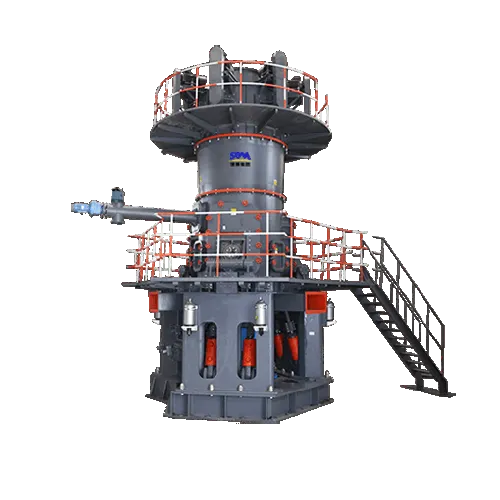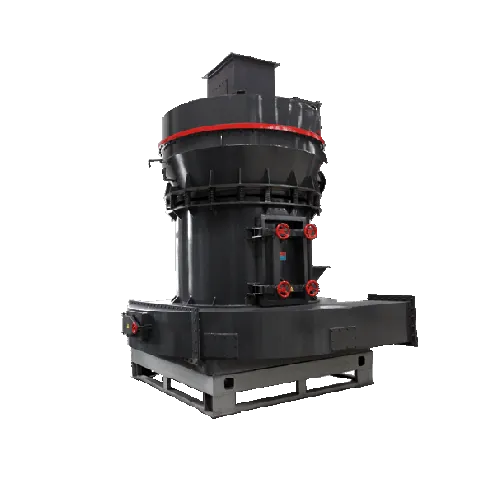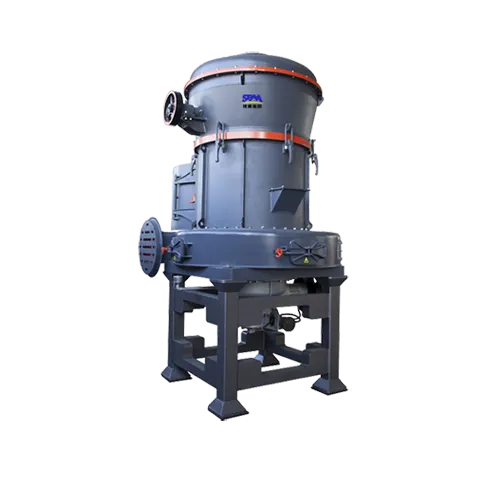Ball grinding mills are an essential part of many industrial processes, providing a crucial function to grind materials into finer particles. Ball grinding mills come in a wide variety of shapes, sizes and types to meet the production needs of a variety of industries. The process of manufacturing these mills is complex and requires a variety of components, from grinding media to bearings, to housings and more.
The process starts with the selection of materials. The materials used for ball grinding mills will vary depending on the application, but can include forged steel, stainless steel, and cast iron, among others. The size and shape of the grinding media can also vary for different applications. After the materials have been selected, the grinding media may be cast or forged, depending on the application, and then heat-treated for wear-resistance. After the grinding media is heated, precision machining and polishing can be done to ensure a smooth surface.
Once the grinding media is ready, the next step is to assemble the mill. The assembly typically involves a combination of components, such as the shell, end plates, and bearings. The shell can be made from a variety of metals, such as cast iron, and the end plates will be connected to the shell using high-strength hardware. The bearings are placed between the end plates to reduce wear and reduce friction on the moving parts.
After the mill is assembled, the grinding process begins. Grinding balls are placed inside and then rotate to bring the material into contact with the grinding media. The rotation of the grinding media in the mill causes the materials to be broken down into smaller pieces, and are then ready for further processing.
A variety of factors can affect the quality and efficiency of the ball grinding mill production process. For example, the speed at which the mill rotates, the type of grinding media used, and the size of the grinding particles all play a role. Additionally, the type of lubricant used in the mill, temperature of the mill, as well as the materials being ground, can all affect the grinding process.
Ball grinding mills are a vital part of many industrial processes and are used in a wide variety of applications. The manufacturing process for these mills is complex and requires a variety of components and processes to produce the highest quality mills. From selecting materials to assembling the mill, the quality of the final product is dependent upon the attention to detail put into the manufacturing process.



